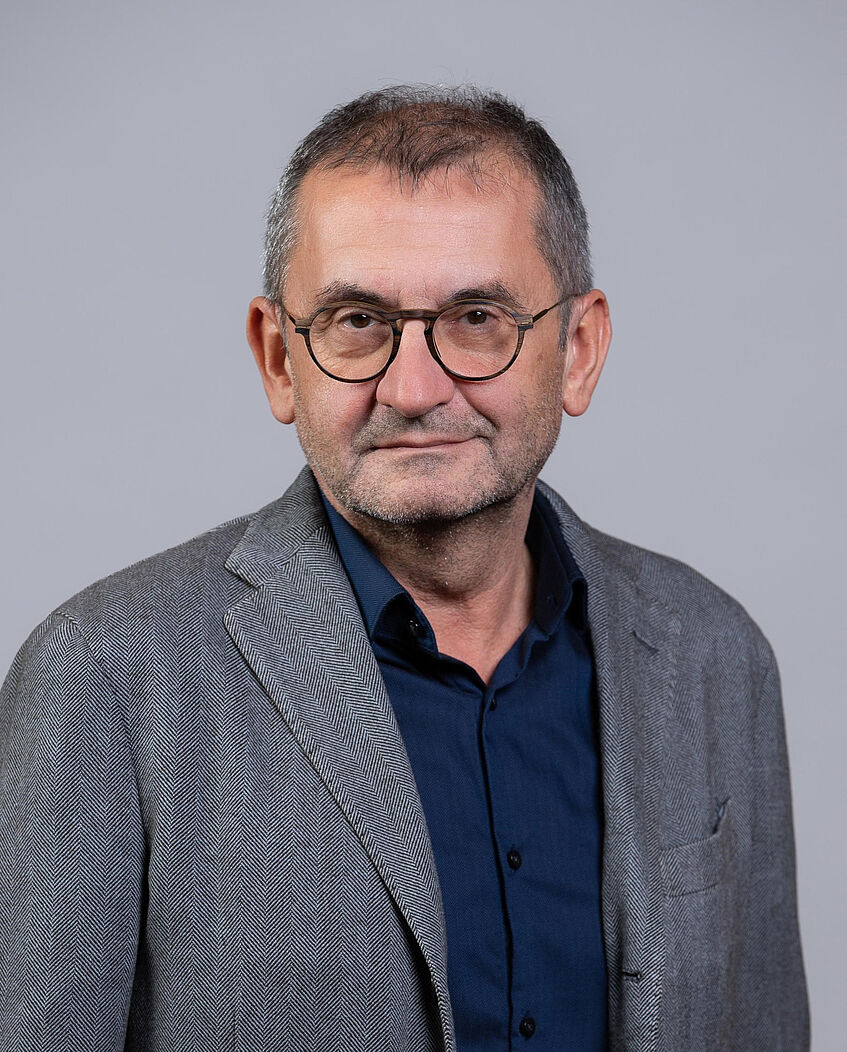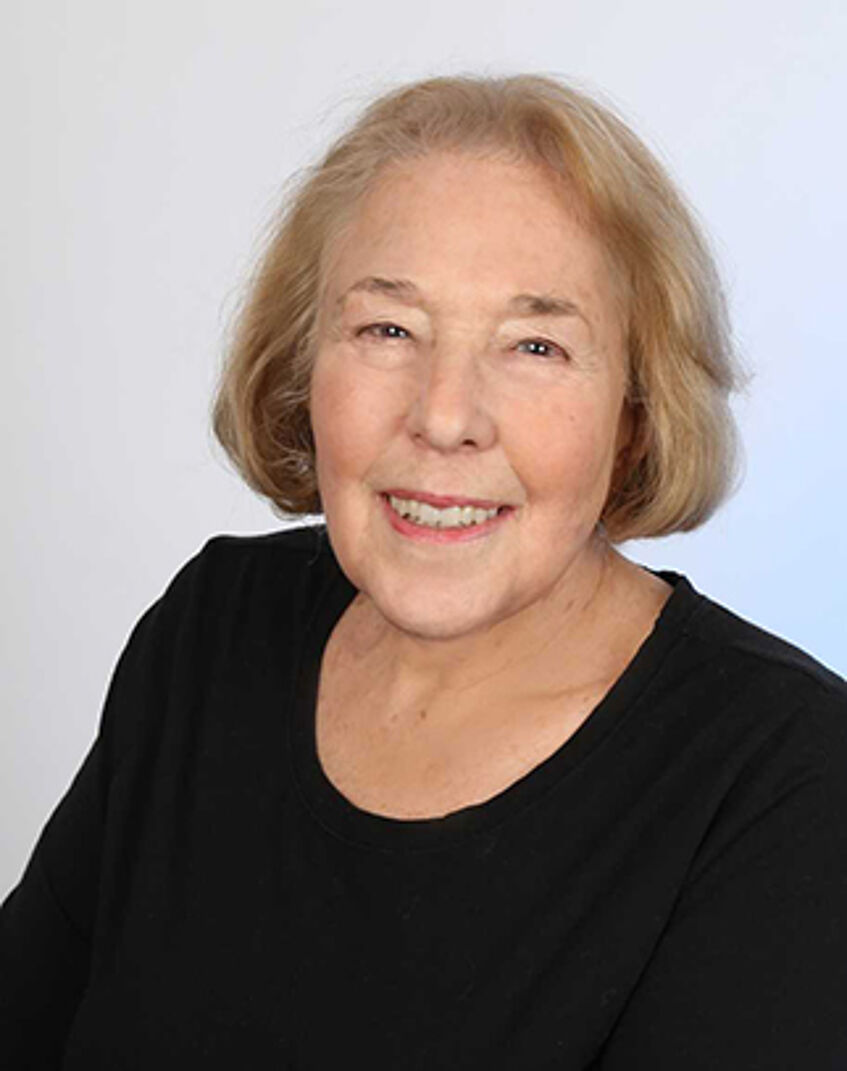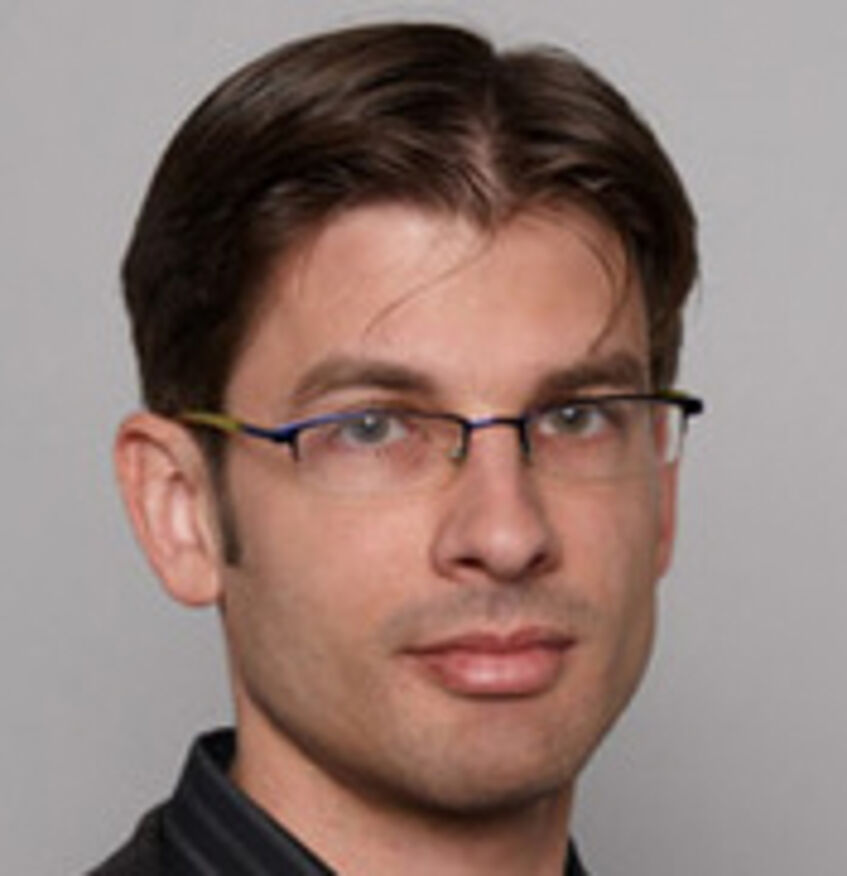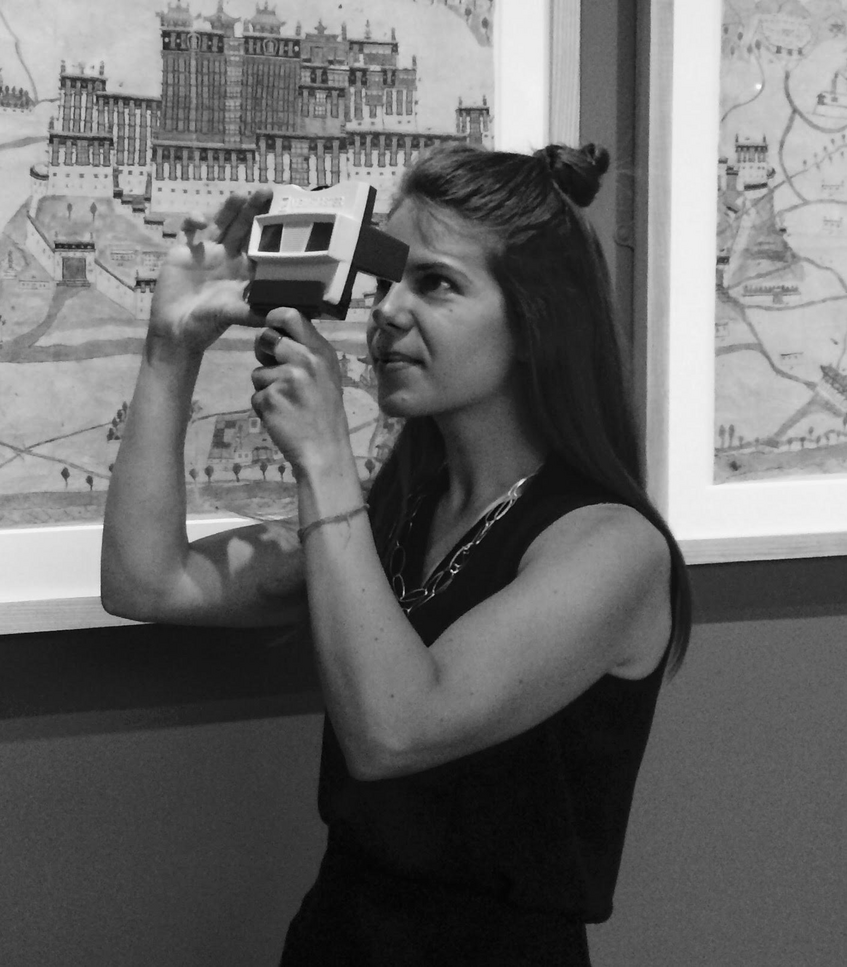Univ.-Prof. Dr. Deborah Klimburg-Salter
Project Director
University of Vienna / Harvard University
Universität Wien
Institut für Kunstgeschichte
Spitalgasse 2, Hof 9 (Campus), 1090 Wien
Klimburg-Salter received a PhD at Harvard University and Habilitation from the University of Vienna. She has taught the art history of South, Central, and Southeast Asia as well as Tibet and the Himalayan regions as Univ. Prof. at the University of Vienna’s Department of Art History and as Guest Professor at distinguished universities in Europe, North America, and Asia. She was founding Director of CIRDIS (Center for Interdisciplinary Research and Documentation of Inner and South Asia) at the University of Vienna until 2015, and since 2014, she has been an Associate of the Department of South Asian Studies, Harvard University. She is a Member of the Institute of Advanced Studies, Princeton; Fellow, Wissenschaftskolleg, Berlin; Fellow, Jawaharlal Nehru Institute of Advanced Studies (JNIAS), Delhi; and previously Visiting Fellow, Magdalen College, Oxford University. In 2020, she received the Austrian Academy of Sciences, Wilhelm Härtel Prize for her scholarly achievements in the field of Asian Art History.
Klimburg-Salter has conducted extensive fieldwork in Historical Northwest India, Afghanistan, and Tibet. Her interests in Translational Art History resulted in monographic studies of Buddhist monastic art and architecture in their art historical, geo-political, and transcultural contexts: (1989) The Kingdom of Bāmiyān: The Buddhist Art and Culture of the Hindu Kush; (1997) Tabo. A Lamp for the Kingdom.
A longstanding interest in Technical Art History and conservation led to research and publications regarding the materiality of objects as well as the technology and processes of production, distribution, and consumption. This remains a central interest of her present research. She has curated a number of international exhibits accompanied by catalogues, including: (1982) The Silk Route and the Diamond Path: Esoteric Buddhist Art on the Trans-Himalayan Trade Routes; (1995) Buddha in Indien. Die frühindische Skulptur von König Aśoka bis zur Guptazeit; and most recently Alla scoperta del Tibet -- Le spedizioni di Giuseppe Tucci e i dipinti Tibetani / Discovering Tibet -- The Tucci Expeditions and Tibetan Painting (Rome and Genoa, 2015/2016); and as Unknown Tibet, the Tucci Expeditions and Buddhist Painting (New York, 2018). She co-curated Bön. Geister aus Butter -- Kunst und Ritual des alten Tibet (Vienna, 2013).
Long-term research on the historical monuments of these different regional cultures led to an awareness of how the arts and monuments transformed and took on new meanings over time. Thus Klimburg-Salter has worked together with local communities to encourage heritage preservation and post-colonial cultural heritage awareness. She co-founded the Nako Research and Preservation Project and The Committee for the Scientific Study and Preservation of Tibetan Art and Historic Architecture, IATS (International Association for Tibetan Studies). Since 2003, she has worked with UNESCO projects related to heritage preservation in Afghanistan. Since 2005, she has directed the Kabul Museum Project, a capacity building and curatorial training project in collaboration with the National Museum of Afghanistan (Kabul) and CIRDIS.

HR Doz. Dr. Michael Alram
National Research Partner
Art History Museum Vienna / Austrian Academy of Sciences
Österreichische Akademie der Wissenschaften
Österreichisches Archäologisches Institut, Abteilung Altertumswissenschaften
Hollandstraße 11-13, 1020 Wien
Alram is a numismatist specializing in coinage of the Iranian world and Central Asia. He received his PhD from the University of Vienna’s Departments of Ancient Numismatics and Classical Archaeology. Since 2013, Alram has been Vice-president of the Austrian Academy of Sciences and Head of the Academy’s Division Documenta Antiqua, Institute for the Study of Ancient Culture. He was Director of the Coin Cabinet at the Kunsthistorisches Museum Wien from 2008 to 2020 and previously Curator for Byzantine, Medieval and Oriental Numismatics (1986-2008). He has served as President of the International Numismatic Council since 2015. He was recently named correspondant étranger of the Académie des Inscriptions et Belles-Lettres (2019) and recipient of the Archer M. Huntington Award of the American Numismatic Society (2016).
Doz. Mag. Dr. Klaus Vondrovec
Art History Museum Vienna / University of Vienna
Kunsthistorisches Museum Wien
Münzkabinett
Burgring 5, 1010 Wien
Vondrovec is a numismatist of ancient coinage spanning Europe to Central and South Asia. He is Deputy Director and Curator at the Coin Cabinet of the Kunsthistorisches Museum Wien. Since 2004, Vondrovec has also been a lecturer at the University of Vienna’s Department of Numismatics and Monetary History, where he previously received his PhD and Habilitation. He has curated several exhibitions at the KHM, most recently ‘Böse Kaiser’ (2019). In addition to numerous articles, Vondrovec published two important monographs: Coinage of the Iranian Huns and their Successors from Bactria to Gandhara (4th to 8th century CE) (Vienna, 2014) and Die antiken Fundmünzen von Ovilavis/Wels (Vienna, 2003).
Dr. Natasha Kimmet
University of Vienna / Austrian Academy of Sciences
Kimmet is an art historian of South Asia, Tibet, and the Himalayas. Her research interests include Buddhist art and architecture, the arts of Afghanistan and Historical Northwest India, vernacular architecture of Tibet and the Himalayas, and methodologies in borderland and cultural transfer studies. She completed her PhD at the University of Vienna with a dissertation offering the first documentation and historical examination of residential architecture on the high-altitude frontier of historical West Tibet (upper Kinnaur, India). Kimmet has presented the art of South Asia and the Himalayas to specialist and broad audiences. As 2015-2017 Curatorial Fellow at the Rubin Museum of Art, she curated ‘Monumental Lhasa: Fortress, Palace, Temple.’ Since 2011, she has taught Afghan art history and curatorial practice in the University of Vienna / National Museum of Afghanistan Kabul Museum Project. As Postdoctoral Researcher in the Shahi project, Kimmet’s research concentrates on Buddhist clay-based sculpture.
Mag.phil. Gosia Lenko
University of Vienna, Department of Art History
Lenko is an art historian specializing in South and Southeast Asia. She is a PhD candidate at the University of Vienna’s Department of Art History where she received her MA with a thesis on the narrative art of Borobudur (Central Java) and Tabo (Himachal Pradesh). In the Shahi project, Lenko’s research focuses on the production and enhancement technologies of portable metal sculptures. She is also responsible for coordination of financial and administrative processes in the project.
Aleksandra Apic, BA MA
University of Vienna, Department of Art History / CIRDIS
Apic is an art historian and PhD candidate in Chinese art at the University of Vienna’s Department of Art History. She is particularly interested in the materials and technologies of early and medieval Buddhist metal sculptures in South and East Asia as reflected in her MA thesis about a unique Buddhist metal sculpture from Historical Northwest India. In the Shahi project, Apic coordinates visual resources for the Shahi Kingdoms Database.
CIRDIS
Dr. Verena Widorn
University of Vienna, Department of Art History / CIRDIS
Jürgen Schörflinger, BA
University of Vienna, CIRDIS
International Partners
Prof. Dr. Minoru Inaba
Kyoto University, Institute for Research in Humanities
Prof. Dr. Luca Maria Olivieri
Ca’ Foscari University of Venice, Department of Asian, African, and Mediterranean Studies / ISMEO
Partners for Technical and Materials Research
University of Tsukuba, Research Center for West Asian Civilization
Assoc. Prof. Dr. Yoko Taniguchi
Prof. Dr. Shigeo Yamada
Harvard Art Museums
Dr. Susanne Ebbinghaus
Dr. Katherine Eremin
Cleveland Museum of Art, Conservation Department
Beth Edelstein
Colleen Snyder
Kunsthistorisches Museum Wien (KHM), Department of Conservation Science
Dr. Katharina Uhlir
Rosa Heydenreich
Project Consultants
Arturo Annucci, laurea Magistrale
Università degli studi Napoli “L’Orientale,” Dipartimento Asia, Africa e Mediterraneo
Mag. phil. Ludwig Maximilian Breuer
Austrian Academy of Sciences, Austrian Centre for Digital Humanities and Cultural Heritage
Prof. Dr. Nicola Di Cosmo
Institute for Advanced Study, School of Historical Studies (Princeton, NJ)
Prof. em. Dr. Merton Flemings
Massachusetts Institute of Technology, Department of Materials Science and Engineering
Prof. em. Dr. Adam Hardy, MA, Dip. Arch, Registered Architect
Cardiff University, Welsh School of Architecture
Dr. Gul Rahim Khan
University of Peshawar, Department of Archaeology
Ass.-Prof. Mag. Dr. Karel Kriz
University of Vienna, Department of Geography
Dr. Sonya Rhie Mace
Cleveland Museum of Art, Indian and Southeast Asian Art
Ass.-Prof. Dr. Satoshi Naiki
Kyoto University, Graduate School of Letters, Center for Studies of Cultural Heritage and Inter Humanities
Dipl.-Ing. Uwe Niebuhr, BA MA
University of Vienna, CIRDIS
Dr. Zafar Paiman
Afghan National Institute of Archaeology
Director Fahim Rahimi, MA
National Museum of Afghanistan
Ehsan Shavarebi, BA MA
Art History Museum Vienna, Coin Collection
Prof. Dr. Ingo Strauch
University of Lausanne, Department of Slavic and South Asian Studies
Assoc. Prof. Dr. Yoko Taniguchi
University of Tsukuba, Graduate School of Humanities and Anthropology
Dr. Luke Treadwelll
University of Oxford, Faculty of Oriental Studies
Dr. Kurt Tropper
Prof. Dr. Leonard van der Kuijp
Harvard University, Department of South Asian Studies, Inner Asian and Altaic Studies
Dr. Noémie Verdon
University of Lausanne, Department of South Asian Studies
Digital Platform Development
Mag. phil. Ludwig Maximilian Breuer
Austrian Academy of Sciences, Austrian Centre for Digital Humanities and Cultural Heritage
Alexander Watzinger
Austrian Academy of Sciences, Austrian Centre for Digital Humanities and Cultural Heritage
Website
Andrea Ennagi
University of Vienna, Department of Art History



